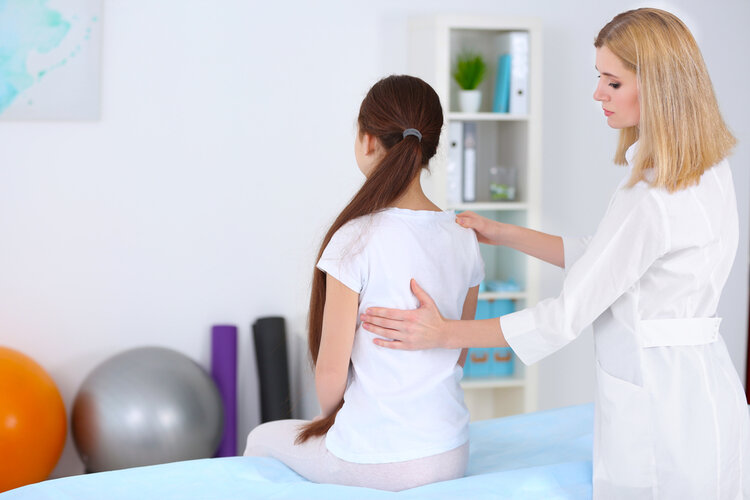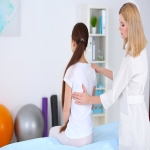Scoliosis is a curvature of the spine that develops most often just before puberty during the growth period. The cause of scoliosis is unclear, but scoliosis may be caused by conditions such as cerebral paralypse and muscular dystrophy. Around 3% of adolescents suffer from scoliosis.

Most scoliosis is moderate, but with children developing some spinal deformation even more serious-may cause serious scoliosis. A particularly extreme backbone curve will reduce the chest space, making the lungs to function difficultly.
In order to see if the curve gets worse, children with moderate scoliosis are closely watched, often with X-rays. There is always no need for medication. Some kids have to wear a harness that prevents the curve from getting worse. Others can require surgery to avoid worsening scoliosis and cure serious scoliosis cases. Talk to a scoliosis specialist near you before taking any decision.
Signs
The scoliosis signs and symptoms can include:
- Uneven shoulders
- One shoulder blade more prominent than the other one
- Not so even waist
- One hip in higher position
In order to bending side by side, if a scoliosis bending is worse, the spinal cord rotates or bends. This means that the ribs on one side of the body are stronger than on the other.
When You Should Call a Doctor?
Go to your physician if you find your child with symptoms or signs of scoliosis. Mild curves may form, however, without the awareness of the parent or child because they appear increasingly not normally causing pain. Teachers, peers and teammates in sports are often the first people to detect scoliosis in a boy.
The Reasons for This:
The most severe form of scoliosis is not known to physicians, but the diseases seem to be found in families. It does not seem to have genetic causes. Less common scoliosis forms may be caused by:
- Neuromuscular disorders such as paralysis of the brain or muscle dystrophy
- Deficiencies in birth that influence spine bone formation
- Fractures or neck diseases
Factors of Concern
The most common risk factors for scoliosis development include:
- Age - Signs and symptoms typically start with the growth spurt just before puberty.
- Gender - Although both boys and girls are at around the same incidence of moderate scoliosis conditions, girls are at a greater risk of curve degradation and care.
- History of the Family - Scoliosis can be in families, but most scoliosis children may not have a history of the disease in their families.

Difficulty
Although the majority of people suffering from scoliosis have a mild disease, scoliosis can cause complications, including:
- Heart damage and lung - The rib cage may strain against the lungs and heart in severe scoliosis, making it harder to breathe and harder for the heart to pump.
- Back issues - Adults who have scoliosis as infants are more likely than those in the general population to experience chronic back pain.
- Appearance - When scoliosis gets worse, further changes will occur — including uneven hip and shoulders, prominent ribs, and lateral shifting of the tail and spine. Scoliosis individuals are also self-aware of their appearance.
You can book your appointment with Neuroscience Specialist in OKC. Our certified scoliosis specialists know how to treat the patients by conducting proper diagnosis.
**Disclaimer- Information presented here is not intended to be qualified medical advice. Nothing expressed herein creates a doctor-patient relationship.

